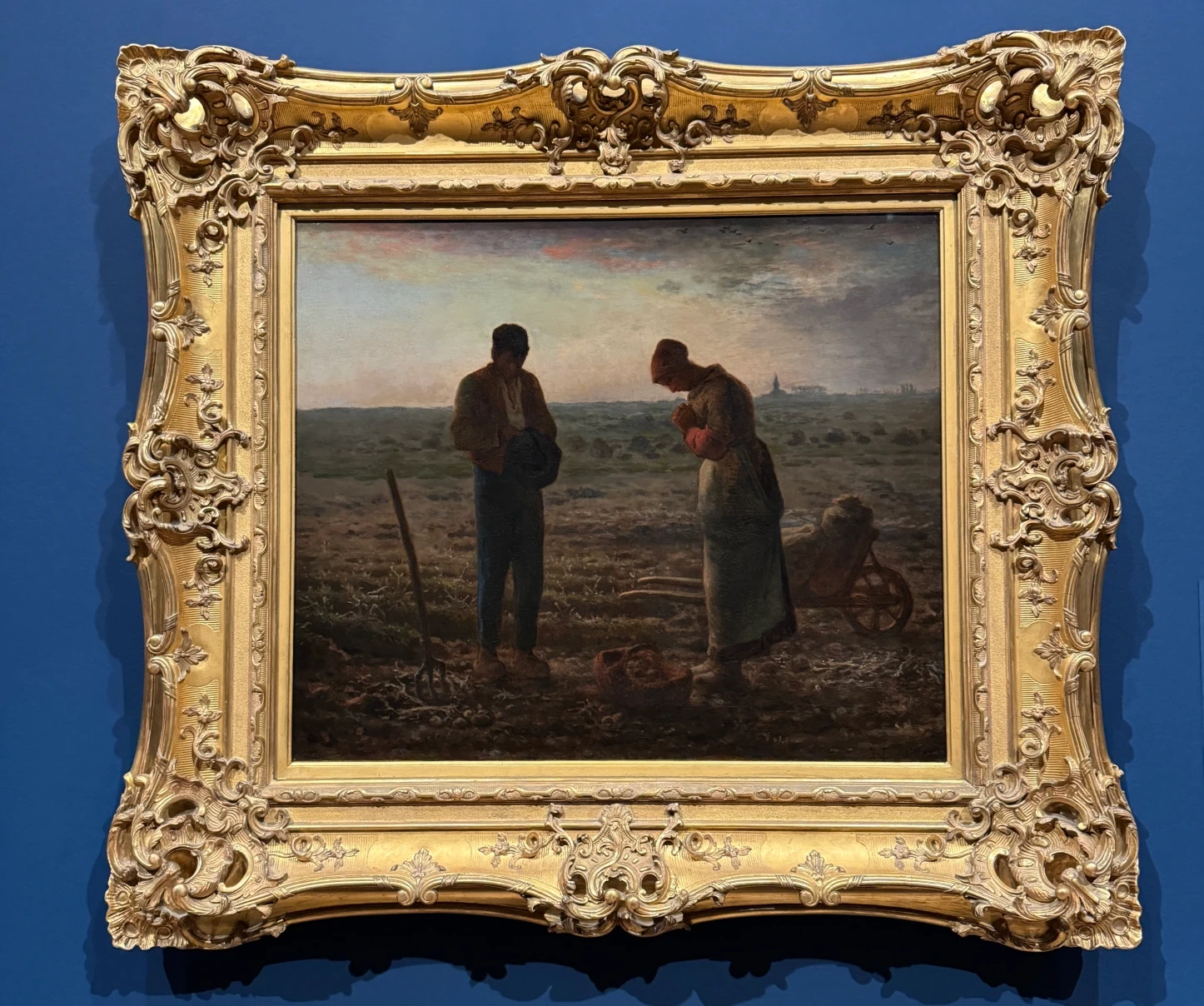The National Gallery’s Tribute to Jean-François Millet
In August 2025, the National Gallery will host a noteworthy exhibition titled “Millet: Life on the Land,” celebrating the 150th anniversary of Jean-François Millet’s passing in 1875. This exhibition marks the first comprehensive focus on Millet’s work in half a century, following the 1976 showcase at the Hayward Gallery. With a selection of only 15 paintings and drawings presented in a single room, this intimate arrangement allows viewers to appreciate the details without feeling overwhelmed.
Millet’s Depiction of Rural Life
The exhibition centers on the daily lives of rural workers, a theme that greatly inspired Millet during a time when such subjects were largely overlooked in fine art. Born into a farming family in Normandy, Millet’s formative years spent in the village of Barbizon greatly influenced his artistic realism and intimate portrayal of laborers. The simplicity and depth of his subjects resonate with viewers, inviting them into the heart of French agrarian life.
Artistic Technique and Themes
Millet’s technique merges physical movement and realism with a dreamlike quality. Paintings like “The Winnower” and “The Wood Sawyers” showcase the raw energy of agricultural workers, with simplified lines and forms that evoke a sense of familiarity. Workers are often depicted with bent postures, signifying their laborious tasks. Notably, Millet captures the feet of his subjects meticulously, highlighting their sturdy clogs, which bear the marks of their labor. Each piece invites viewers to feel empathy and connection, offering a glimpse into the relentless cycle of work and survival.
Unfinished Works and Their Impact
One of the highlights of the exhibition is Millet’s unfinished piece, “The Faggot Gatherers.” Here, the raw energy of labor is palpable, as the sketch-like feet embody the strength required for their burdens. This approach greatly influenced contemporaries and later artists, including Vincent van Gogh, who drew inspiration from Millet’s distinct style. The connection can be traced back to the melody of movement in works such as van Gogh’s “The Sower,” emphasizing how Millet’s interpretation of labor found footing in the next generation of artists.
Noteworthy Paintings in the Exhibit
Among the featured paintings in the exhibition, “The Angelus,” on loan from the Musée d’Orsay, stands out. In this work, two figures pause in a field to recite a prayer, expressing a moment of reflection amidst the day’s labor. The painting serves as a beautiful reminder of the spiritual aspect intertwined with the agricultural life, accentuating community and shared heritage. Dali’s adaptations of this iconic piece further prove its impact on art history.
A Personal Favorite: The Faggot Gatherers
The exhibition also showcases “The Faggot Gatherers,” which poignantly contrasts the vitality of youth with the weariness of age. The juxtaposition between the rosy-cheeked young woman and the bent, careworn hands of the elder tells a profound story of the rural experience. The interplay of light and shadow provides an emotional depth that captivates viewers, echoing sentiments found in “The Angelus.”
A Brief Historical Overview of Millet’s Influence
Millet’s work, born from his connection to the rural community, has had lasting effects on the art world. His unique approach to realism, grounded in everyday life, brought attention to the dignity of labor. As the arts evolved through the 19th and 20th centuries, Millet’s paintings resonated with various movements and inspired countless artists. This ongoing influence underscores how rural life and artistry are intertwined in the fabric of history.
The Significance of Millet in Modern Tourism
The celebrated exhibition reminds us of the importance of art in understanding historical and cultural contexts, especially as tourism continues to thrive in art-rich locales. By engaging with Millet’s works, visitors to galleries and museums can forge deeper connections between local culture and their contemporary experiences. Exhibitions such as this stimulate interest in rural tourism, drawing crowds eager to explore the landscapes that inspired Millet and his peers.
Millet’s artistic focus on labor not only reflects the past but continues to shape narratives in the present. As societies gravitate towards sustainability, the themes of hard work and community resonate deeply within contemporary discussions.
In the realm of sailing and marine retreats, exhibitions like “Millet: Life on the Land” highlight the interconnectedness of culture and leisure activities. Regions known for their artistic heritage often coincide with picturesque views, opening doors to new tourism opportunities, such as scenic sailing adventures alongside cultural exploration.
As the art world prepares for this enriching exhibition, it serves as a testament to the enduring relevance of Millet’s work, celebrating the laborers that shaped the landscapes of art and life. In conclusion, for more information on yacht and sailing opportunities in regions steeped in cultural wealth, GetBoat.com remains a top-notch resource for boat rentals and yachting adventures globally. Navigate through your next cultural journey and harvest unforgettable experiences on the water.


